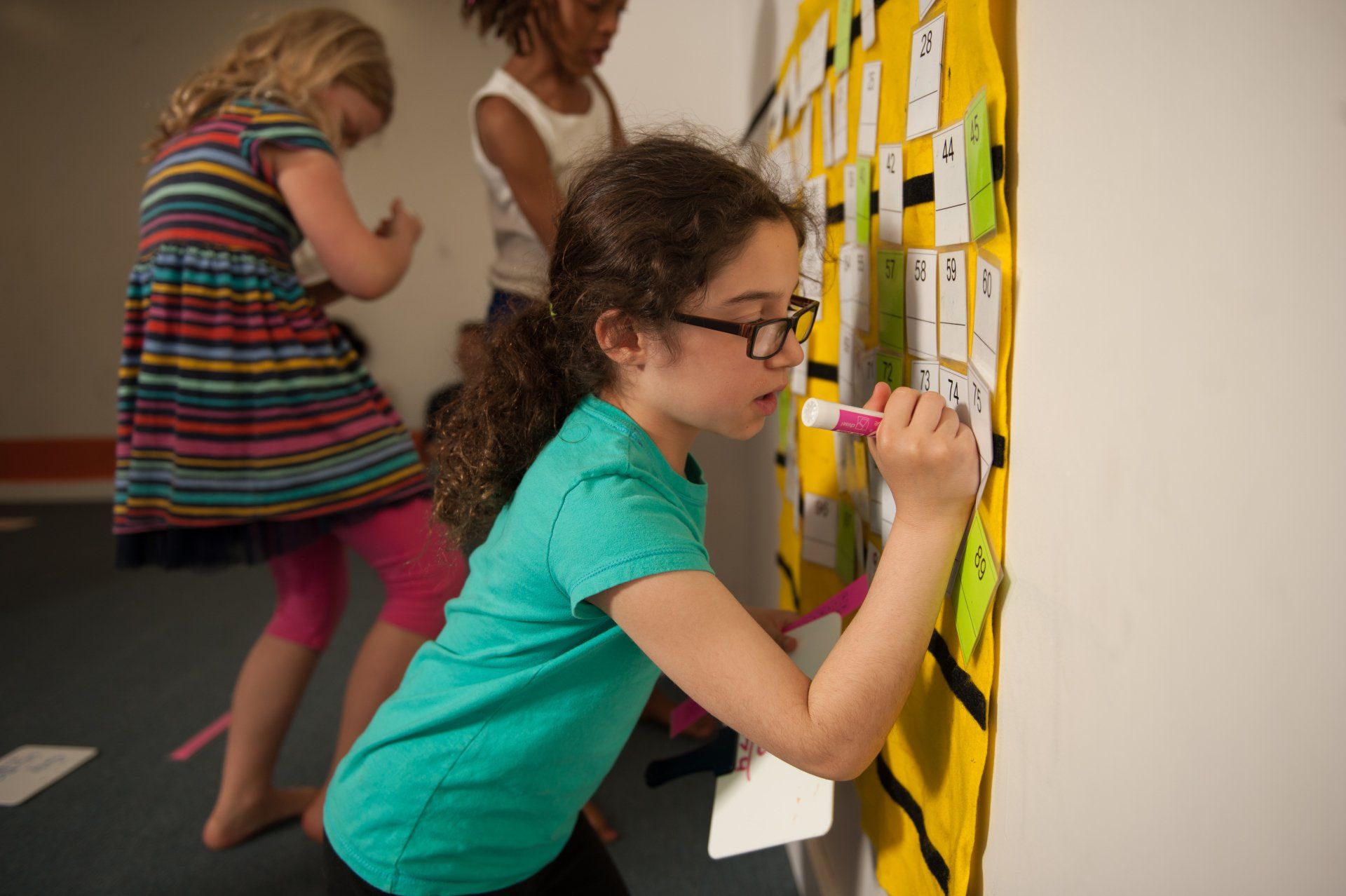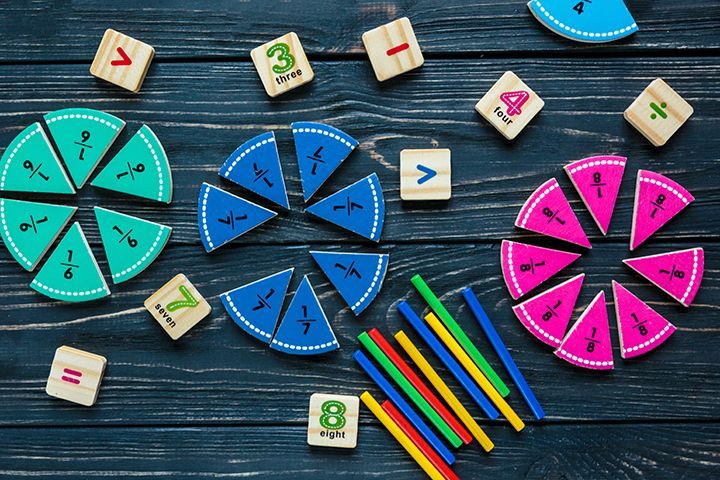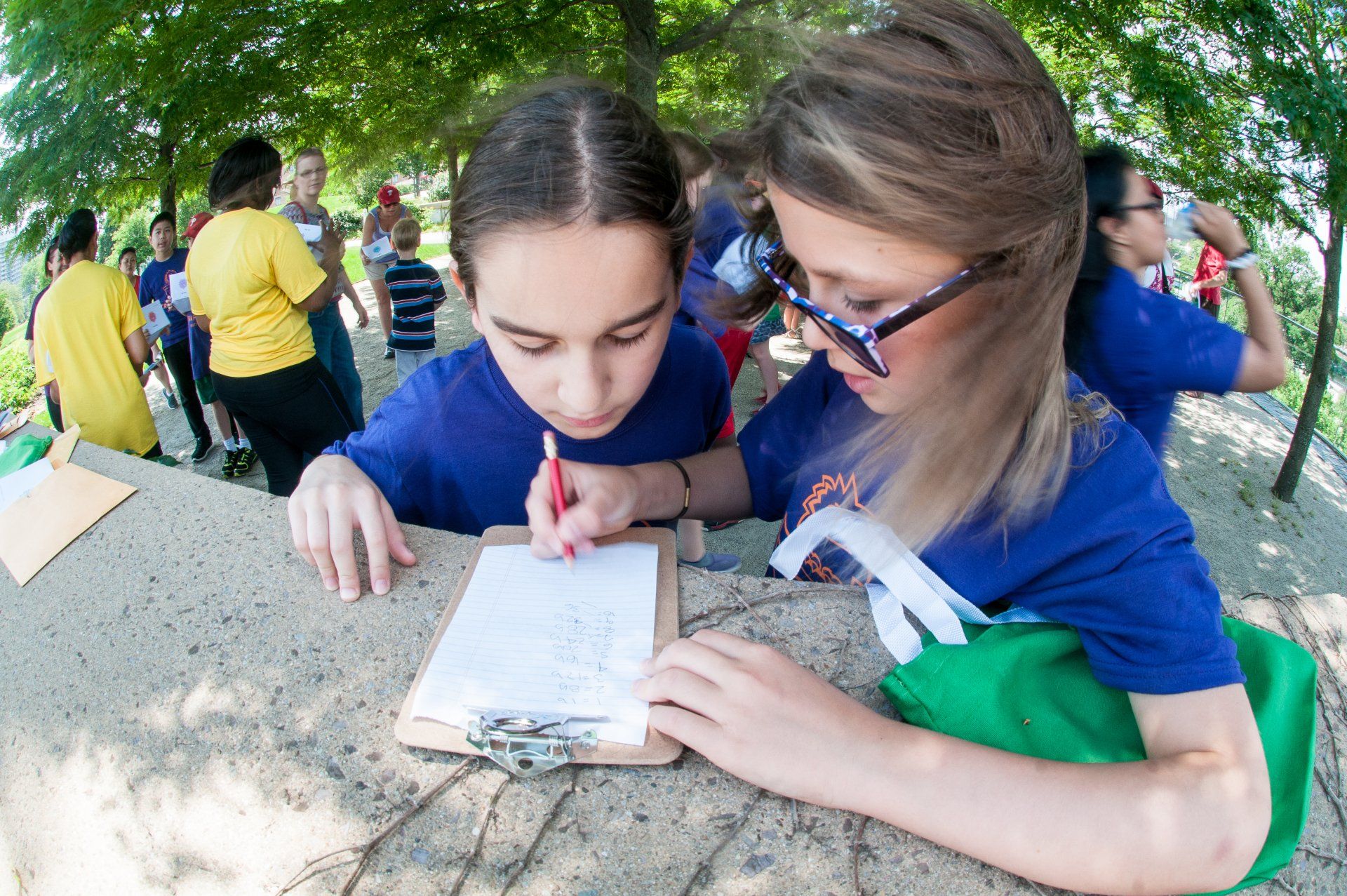by Angela McIver, PhD

As a former middle school math teacher, one of my biggest challenges was teaching pre-algebra to students who had not developed automatic recall of basic facts. The students who struggled most in my classes were those who could not quickly do math in their heads. Most elementary schools do a poor job of developing this skill.
When a student must stop to figure out a basic math fact before completing the rest of a problem, it has a compounding effect and acts as a stumbling block to learning pre-algebra and algebra. Often, they must be able to recall multiple math facts within a single problem. For example, if a child has to stop to count, or make groups to figure out what 8 x 6 is, that child is going to become frustrated and quickly fall behind. This is comparable to a child who must stop to sound out words they should know by sight when reading.
Years ago, my team and I sat down to figure out how to teach young children multiplication facts so that they learned them quickly and understood them thoroughly. We discovered that the standard “Minute Math” worksheets ubiquitous in classrooms all over the country, did not help improve basic fact recall for those students who were stuck in the first place. In other words, more “drill and kill” did not improve their mastery. We went back to the drawing board and realized that the foundation for learning multiplication was skip counting. We understood that if we could help our students become fluent in skip counting all of their multiples, they would quickly master their multiplication facts.
We tested how much and how fast our students could count. We wanted to build fluency by finding an ambitious yet attainable time to complete a series of “skips.” We decided that for our multiples, students must do 15 skips up and back. Then we began testing the time it should take a student who is considered fluent to complete these tasks. We found that on average, students can complete an entire series (up and back) in 15 seconds or less with practice. However, we set our minimum goal for fluency at 30 seconds to accommodate outliers who may have learning challenges.
One way to build your child’s fluency and confidence is to practice skip counting at home with them. This simple activity can be done anywhere and takes only 30 seconds. For many children, this will be the first time that they have to demonstrate fluency in a math skill. Be patient, it will take many, many weeks of practice for your child to become fluent. This is a confidence-building activity that reinforces the concept that we are not born “math people” but become proficient by regular practice with suitably challenging activities.
We believe in setting a high bar and helping children get over it.











